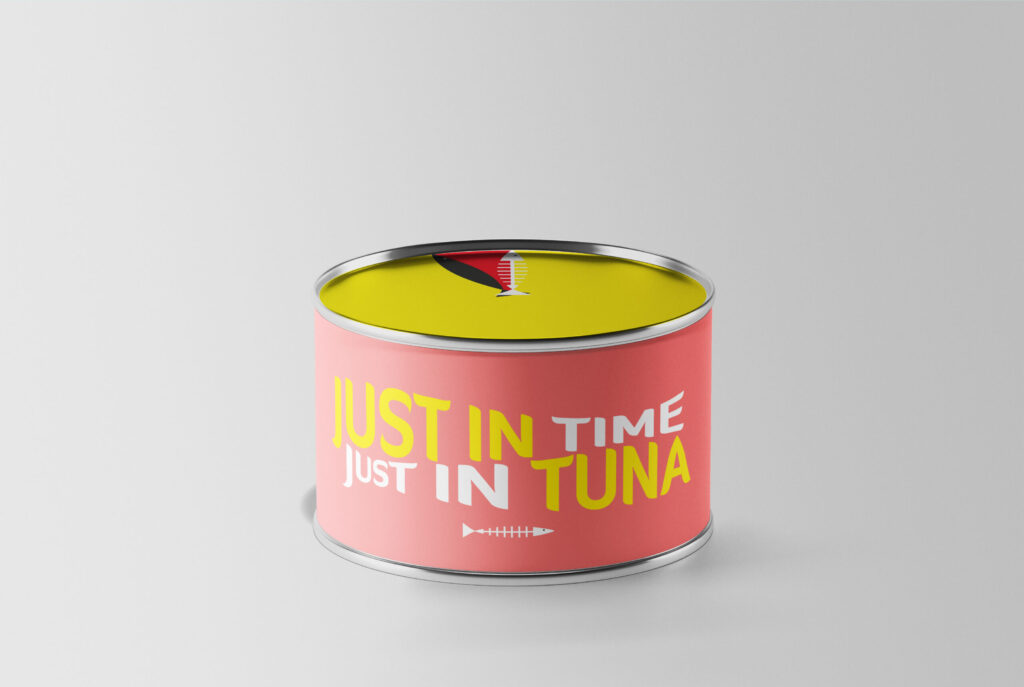Why I Design '20
Course:
Basic Contemporary Design
Lecturer:
Andrea Maragno, Tommaso Russo
Year:
First year
Students:
Sara Tence (Sticker in Negative)
Alessia Mezzaro (Fa’ Quel che ti Pare)
Elizabeth Roeper (Little Stories of Thrown Objects)
Leave Your Mark Here (Anastasia Stragliotto)
Matteo Mavaracchio (Squzzle)
The brief
As George Orwell with his famous essay Why I Design sought to explain his personal motivations as to why he wrote using the medium of writing itself, the brief required answering the question Why I Design using design itself as the medium.
Projects - Adhesive in Negative
Within this project, I tried to understand and give answers to the questions; what design is for me, why I do design, and how I approach it.
After a long brain storming, I was able to derive keywords, on which I went to work and interpret.
I chose as an outcome the sticker, because it perfectly represents what I define as design, in fact it is something versatile, that changes with time and the space it is in and creates interest. To it subsequently, I added an important element for me, that is, during the design phase, I noticed, that I approach the brief in an immediate way and the ideas I try to capture them through quick sketches. Therefore combining these two components, I went to make figures, which possessed the simplicity, flaws and the ‘immediacy of a sketch; but which could function as such, only if used as a sticker, through storytelling.
The subjects I included are, the analog and digital “work” tools, which allow me to implement my ideas; the profiles of two people and the stylized little men, stand for a personal aspect, that is, when I design I try to create interaction between the ‘object or designer and people. The geometric motif and the Bauhaus seal, relate to the choice of cleanliness, linearity and simplicity that I always look for in every project. At the bottom, I tried to synthesize, what for me is research, experimentation, even questioning things that already exist; the scale on the other hand, represents the continuous progress and change of the world and people, to which we have to “keep up.” Finally, the free pattern, represents the component of naturalness, expressive and forms.
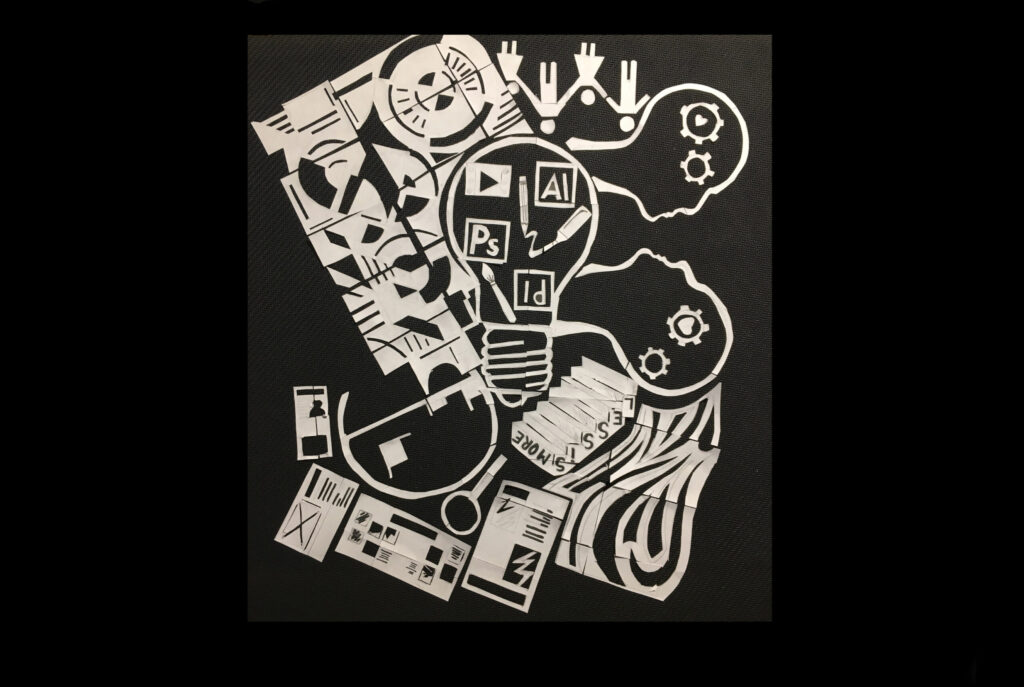
Projects - Do What You Want
Design is communication.
It is a planned attempt to convey, through any medium, a ‘personal and intimate idea to others. This project embodies the idea of a dialogue, an exchange, between creator and user.
What I am interested in is that communication is established between those who initiate the dialogue, designing, to those who transpose, reworking.
The title Do what you like is a somewhat disillusioned provocation, because every communicative exchange has limits: what I think will never be received by the other person exactly as it is in my mind.
The beauty perhaps lies in this, in the interplay of diversity and misunderstanding. This little book has the sole pretense of not being taken seriously, serving as a stimulus for those who decide to print and rework it. It is a game; the rules are decided by the user. There are only different stimuli, blank pages and pages with colorful geometries, pages with frames and with squares or lines, but no instructions on how to work with them. Some hints are given more or less in the middle, where there is a list of verbs like “draw,” “color,” etc.
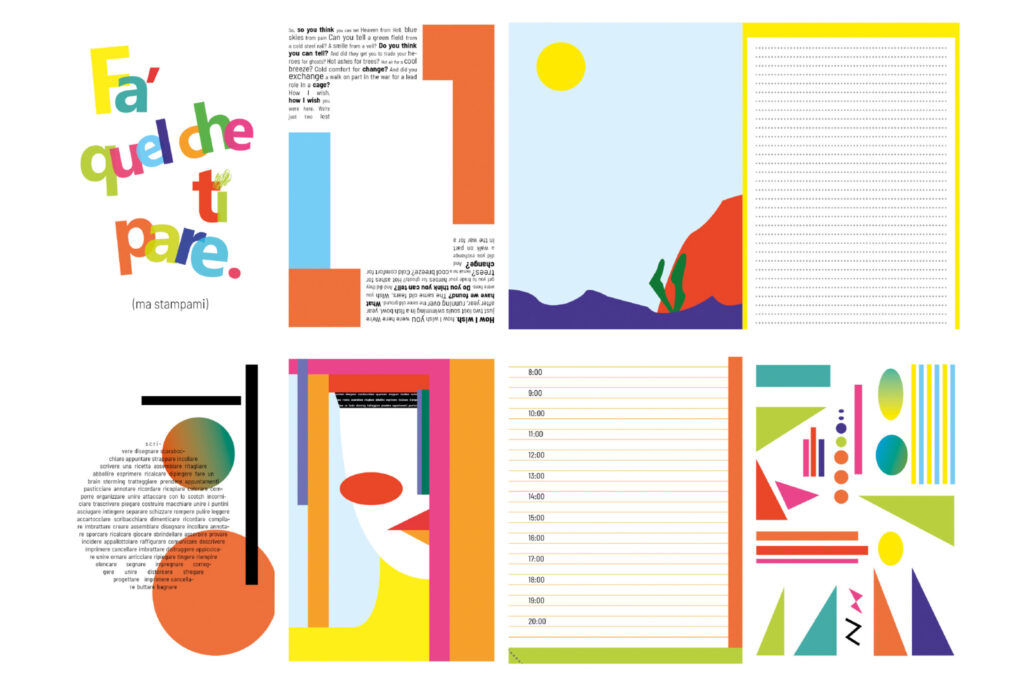
Projects - Squzzle
This set contains hundreds of puzzle pieces with which you can create pixel art or whatever you want because it has no limits.
It is a medium between reality and fantasy. There is only one type of piece but with different colors, and by blending colors, virtually infinite shapes are created.
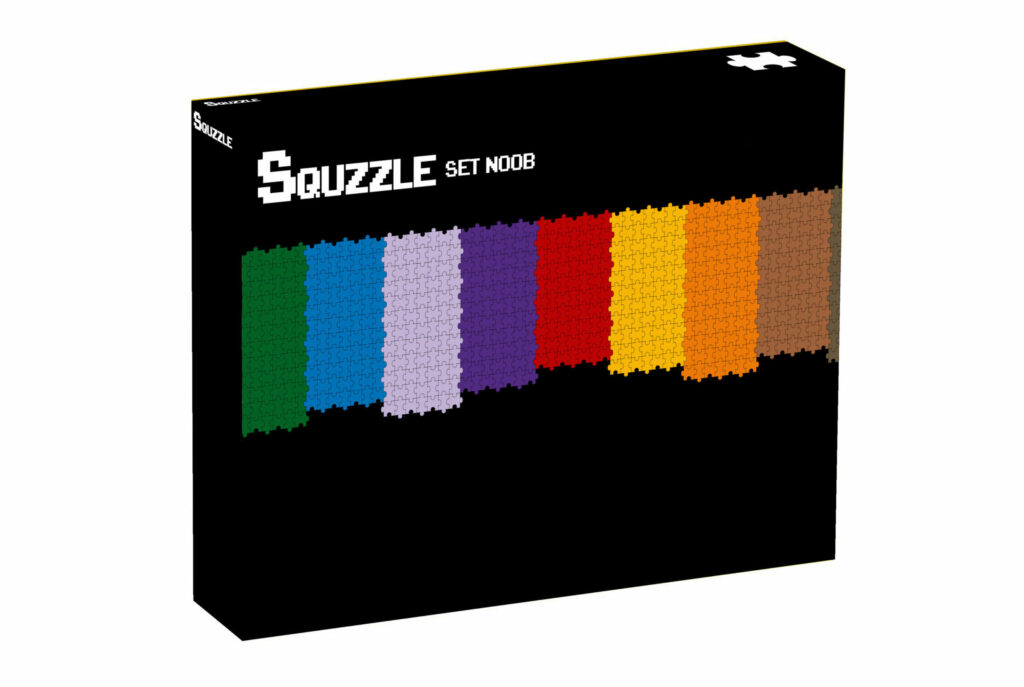
Projects - Little Stories of Thrown Objects
There is one question that has been difficult to answer, that has given me no peace of mind and generated endless reasoning.
This question is: Why do I do design?
After frustrating weeks of reflection, I arrived at a partial, but reasoned, answer.
I do design to tell stories.
Stories, contrary to what some people think, are not only told in novels but can be found everywhere: in photos, in videos, in objects. They are part of being human.
The event that led me to the thought of doing design is connected with the stories and the human aspect behind the designs and objects. When I visited the Powerhouse Museum and the Museum of Contemporary Art in Sydney, an interest in the design icons on display crept up on me. Standing in front of an Olivetti typewriter, I imagined the story of who had designed it and who had used it, and I was fascinated.
I have always loved telling stories because they are a way to make other people think and dream.
So why is storytelling important in design?
Because every object and every project has its own soul, there are people behind it who have ideas and thoughts and want to communicate something. And then there are the stories of those who own a particular object, that is, the use they make of it and the value they give it. The design story is us human beings, our ideas and our imagination. “Little Stories of Thrown Objects” stems from the need to make people reflect on the life of objects, starting backwards from when they are thrown away. In our historical period, many objects have short lives on average because companies produce non-stop and people are always looking for novelty, they want to follow fashion, they need to prove that they can buy. Therefore, objects are not only thrown away because they stop working but also because they simply become old and obsolete. Finding items thrown away, one comes to think about their history: who owned it? How was it used? What value did it have in that person’s life? And finally, what did the person who designed it think?
Through a picture and short evocative phrases, one is given cues to imagine the history of these seemingly insignificant objects but which perhaps conceal deep ideas, feelings, and events.
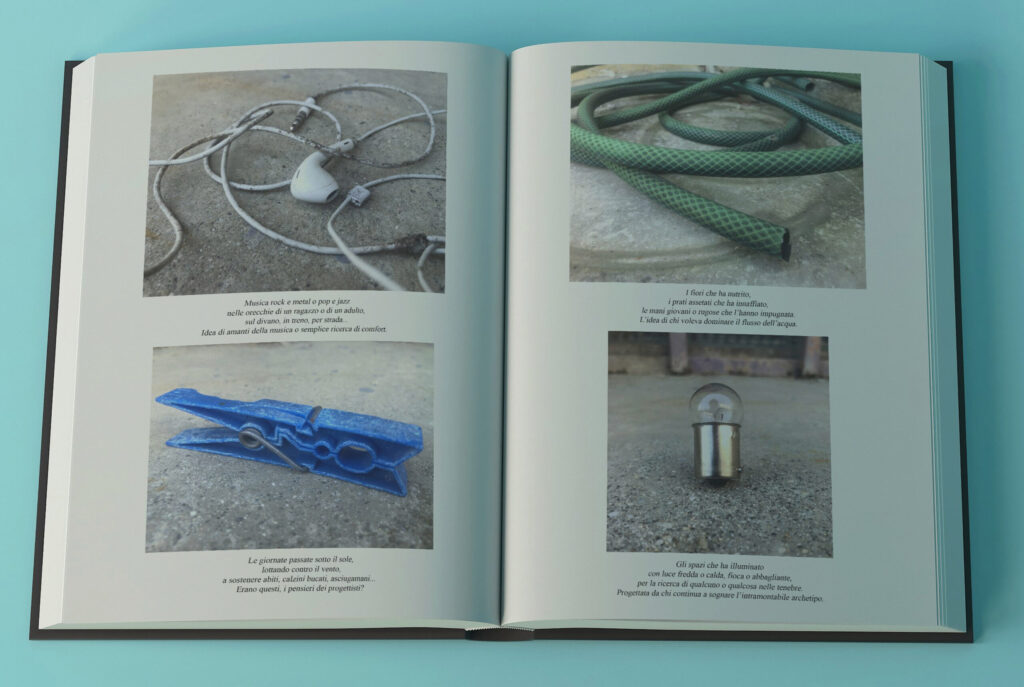
Projects - Leave Your Mark Here
Design is recognizing yourself in what you make. For me, making Design means branding the outcome, leaving an indelible mark on it that identifies me. From this concept comes the stamp with a particular form of embossing: an imprint. I chose the imprint as a mark because it reinforces the idea of personally marking the outcome. For the designer, it is a way of leaving one’s mark and identifying oneself in one’s work, signing it not with one’s name, but with something even more personal. which will then be made designed for one or more people.
The ideal title for this project is “leave your mark here,” and it is an invitation to all designers to leave their mark in this stamp and use it as an identifying mark.
